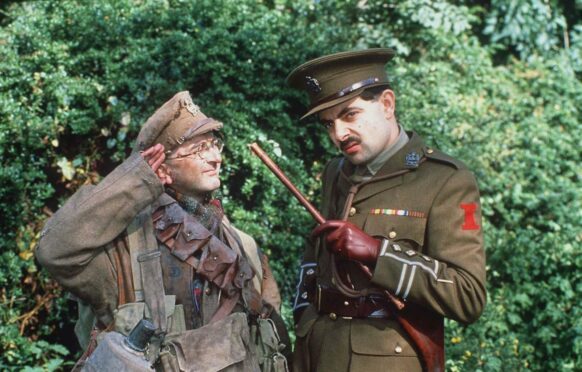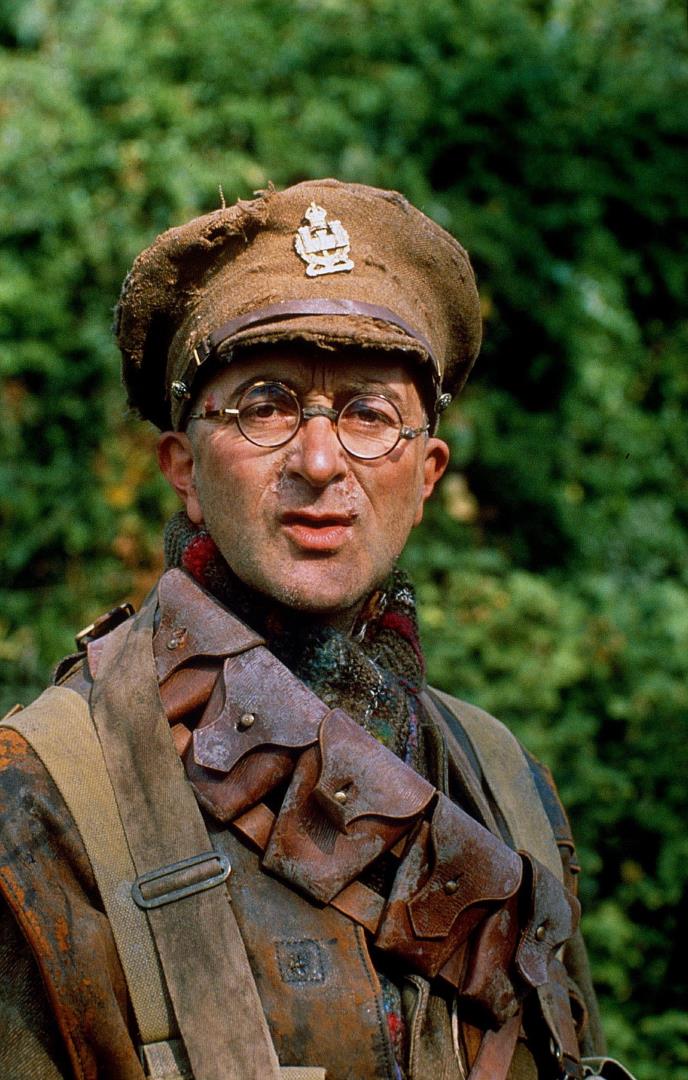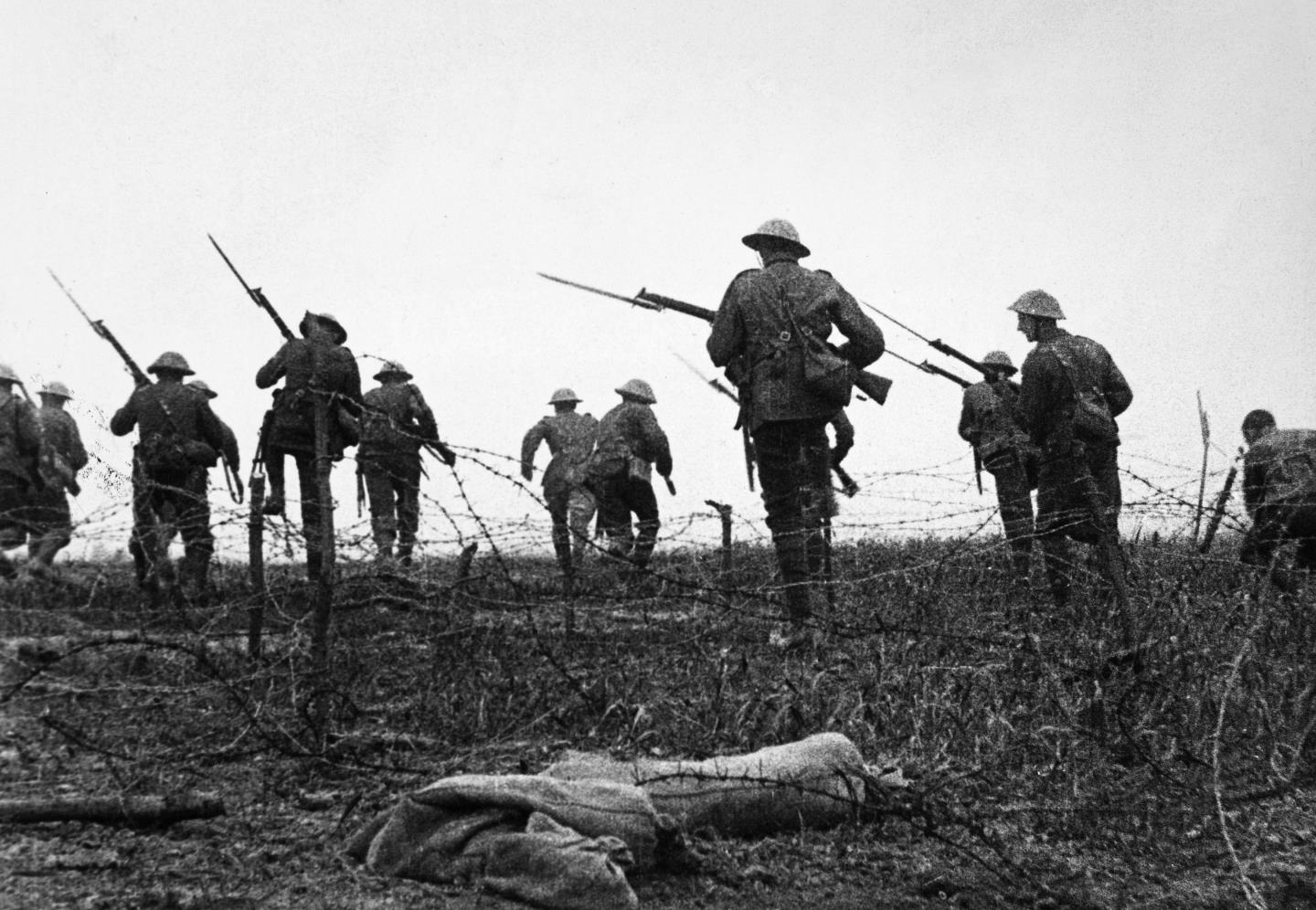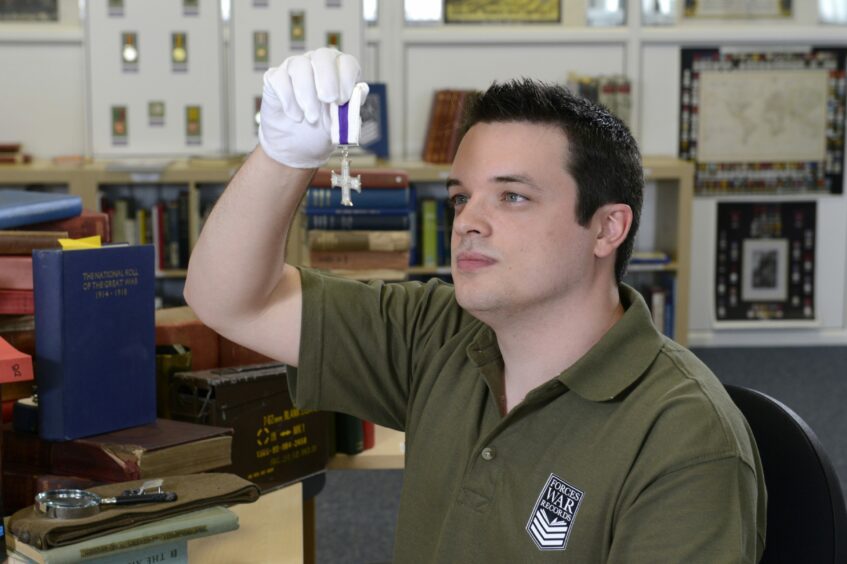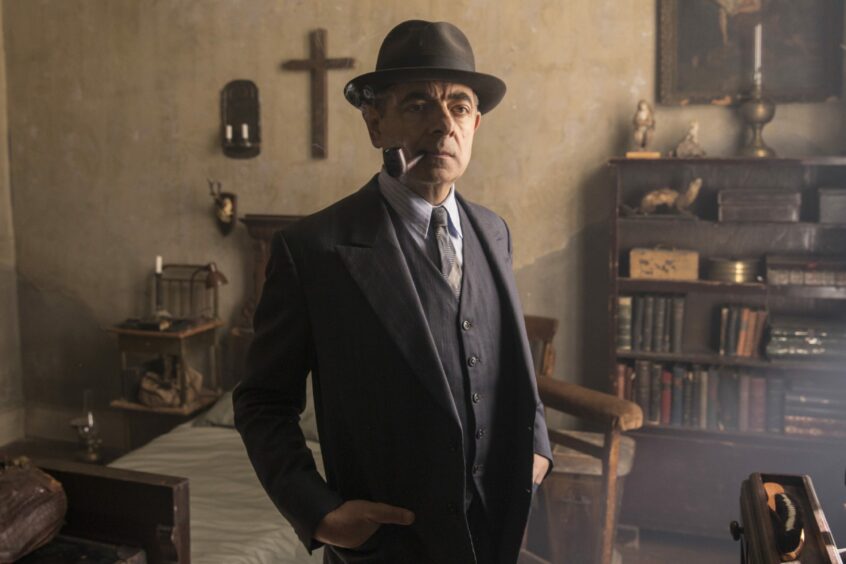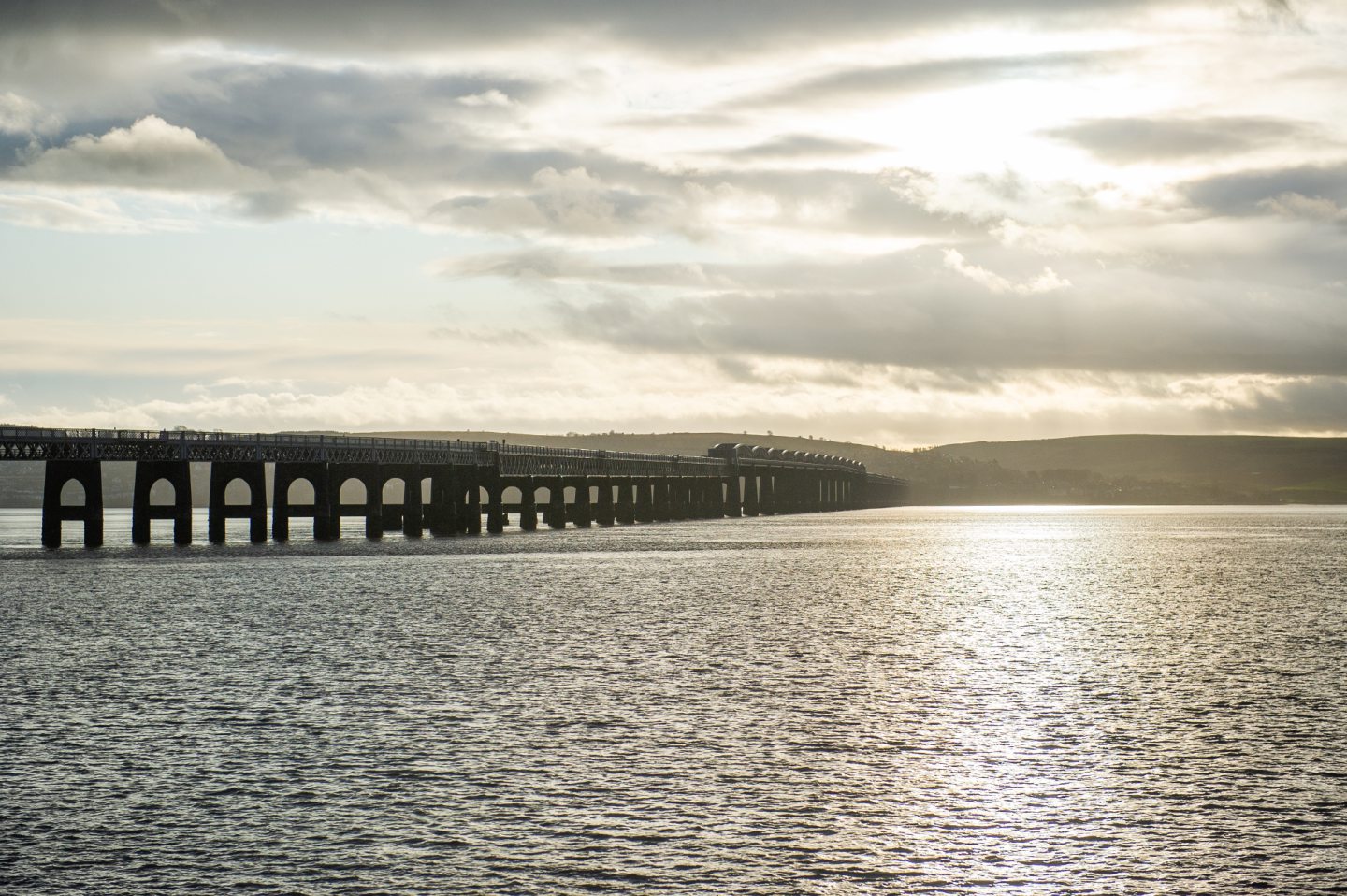He was the comedy character who grew accustomed to rolling his eyes at the idiotic “cunning plans” constantly being devised by his long-suffering sidekick, Baldrick.
Yet, when Rowan Atkinson played the lead role in Blackadder Goes Forth – where he locked horns with Stephen Fry’s intellectually-challenged General Sir Anthony Cecil Hogmanay Melchett – he and his fellow soldiers evoked pathos when they left the trenches and went over the top in what has been described as one of TV’s most memorable climactic scenes.
The conclusion testified to the futility of the conflict.
Yet genealogy experts discovered that a real-life Captain Blackadder from Dundee was a war hero, who was commended for his involvement in the Battle of the Somme.
Staff at Forces War Records were initially surprised to stumble across a Captain Robert Blackadder, who was born on January 14 1884 at Duntrune Terrace in Broughty Ferry, but the more they delved into his story, the more their admiration increased for the gallantry shown by this redoubtable man.
During Cpt Blackadder’s time in the city, he enlisted in the Army and joined the Queen’s Westminster Rifles as a rifleman in 1906.
He was in the ranks until 1911 and served as far away as India, but left the military and plied his trade as a chartered accountant until the outbreak of the First World War.
However, he re-enlisted on August 26 1914 for the 16th Battalion of the County of London regiment.
And despite being wounded by shrapnel twice in 1915, he quickly rose to prominence and became a captain, playing a pivotal role in the infamous Battle of the Somme at the age of 32.
Cpt Blackadder was awarded the Military Cross for his service with the 151st Siege Battery of the Royal Garrison Artillery and was commended for his “conspicuous gallantry and devotion to duty” during one of the bloodiest chapters of the protracted hostilities, in which both sides incurred grievous casualties without gaining any decisive advantage.
The citation continued: “During the withdrawal of the battery, the enemy commenced a heavy bombardment of the battery position.
“(But) the successful withdrawal of all the guns and stores was largely due to Cpt Blackadder’s energy, coolness and resource.”
The losses during the battle were among the worst sustained in human history.
There were more than one million casualties, including the deaths of more than 300,000 men.
There are similarities between the fictional Blackadder and the real one.”
Tom Bennington, senior researcher at Forces War Records
British forces sustained 420,000 casualties – which included 125,000 deaths – and 200,000 French troops and 500,000 German soldiers were among those who also suffered in the midst of the ferocious offensive.
Of the 120,000 Allied troops – including those from Australia, India, South Africa, New Zealand, Newfoundland and Canada – who launched the initial attack, nearly 20,000 were killed, the majority of them in the first hour.
Thirty-seven sets of British brothers perished on the battle’s first day, and a man died every 4.4 seconds in that hellish 24-hour period, which has made July 1 1916 the bloodiest single day in the whole history of the British Army.
Cpt Blackadder was clearly a tenacious individual who was spared the fate of so many of his comrades as he continued his grim existence in the trenches.
He survived the war and moved to Sussex where he died in 1968, aged 84, but officials connected with the Forces War Records organisation have issued an appeal for distant family members of Cpt Blackadder to come forward with any further information which they can add to the archives.
Dominic Hayhoe, chief executive of Forces War Records, said: “As fans of the TV show, we wondered if we could find the military records of the other fictional characters’ namesakes so we challenged our team of professional researchers and military experts to find them.”
The group’s senior researcher, Tom Bennington, added: “There are similarities between the fictional Blackadder and the real one.
“Although he did start a family after the war, Robert Blackadder, like the character, entered it as a single man and without any children.
“They both worked their way up the chain of command with rapid pace and both served around the British Empire.
“It was fantastic to delve into these men’s backgrounds and it would be great if distant family members could come forward and help fill in any other blanks that still remain in their life stories.”
Interestingly, Rowan Atkinson, who played Blackadder, has also spent time in the City of Discovery while away from the fictional battlefield.
Atkinson has always been one of the most reclusive of public figures, determined to keep his private life exactly that.
So people in Dundee were surprised back in 2007 when the star, most famous for portraying Blackadder, Mr Bean, the detective Maigret and Johnny English on the TV and film screen, was spotted on the Tay at the helm of a powerful boat and steering it under an iconic bridge.
It later emerged that Atkinson was in charge of the vessel while taking advantage of MVS Tay Unit’s popular dolphin trips.
He was in his element during the adventure, which saw him being joined by television presenter Clive Anderson, comedy writer and producer David Lloyd and their families.
The party of 12 left Broughty Ferry harbour on the Marigot at 11am in search of dolphins and, in the course of the two-hour trip, they enjoyed an onboard picnic lunch before Atkinson and Lloyd had a go at steering the vessel.
Atkinson was a natural at the helm
MVS development officer David Kett said Atkinson, a renowned car fanatic, asked many questions about the boat and its engine and, during his half-hour stint at the wheel, safely steered the vessel under the Tay Road Bridge.
He said: “It is a very busy shipping channel and The Marigot is not the easiest to steer, but he was very good at it and I would certainly offer him a job.
“We had to go a long way out but were able to see dolphins and seals.
“They were very impressed by the various sights and were lovely, normal people.”
Mr Kett added that the group had demonstrated a keen interest in the history of the Tay, Scotland’s longest river, and were particularly interested in the tragic story of the Tay Bridge disaster in 1879, which killed at least 59 people.
A veil of secrecy was thrown around the private visit, with details of why the stars and their families were in Dundee, for how long, and where they were staying, kept confidential in accordance with their wishes.
But it was obvious that he and his colleagues were delighted their cunning plan to avoid publicity had paid dividends.
